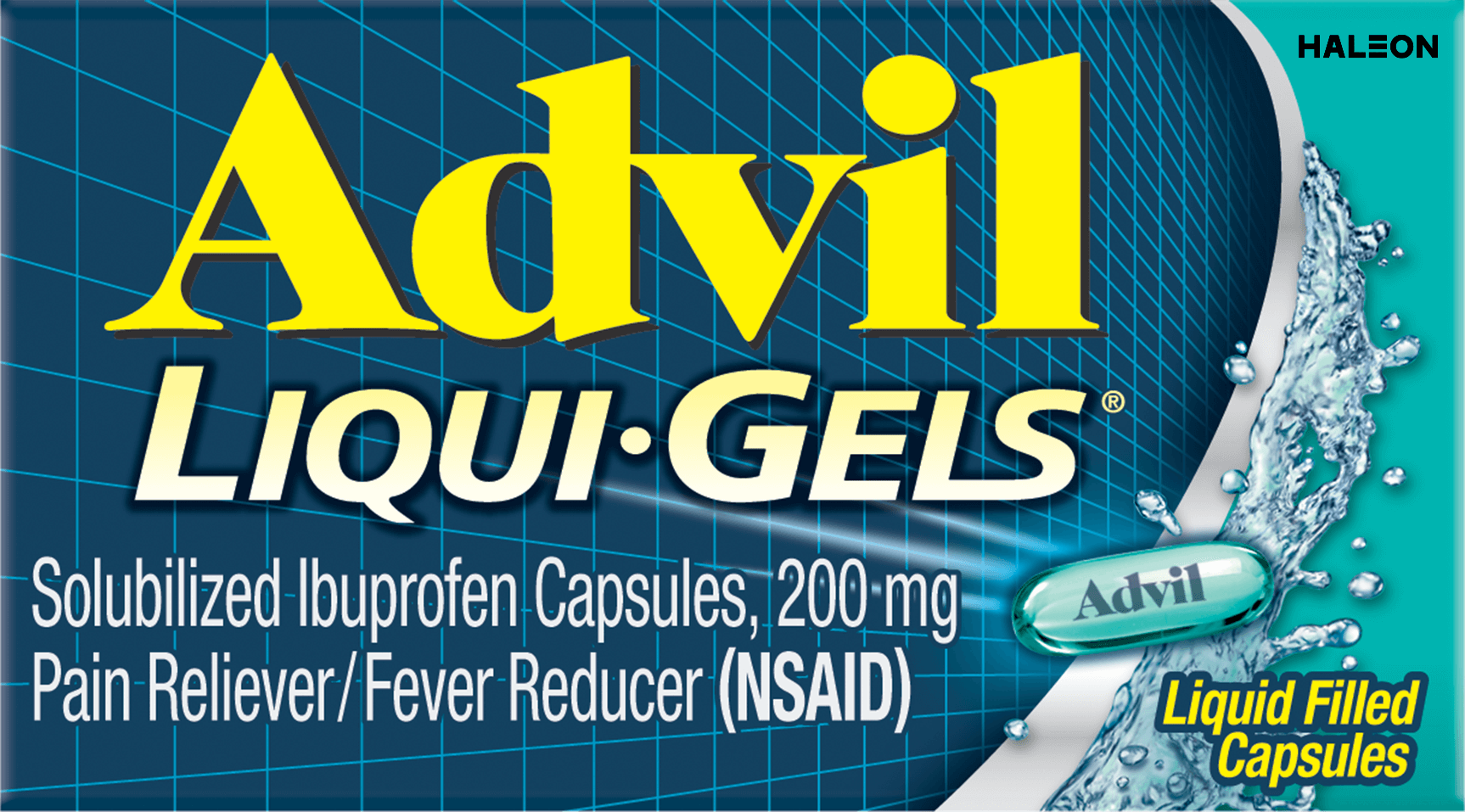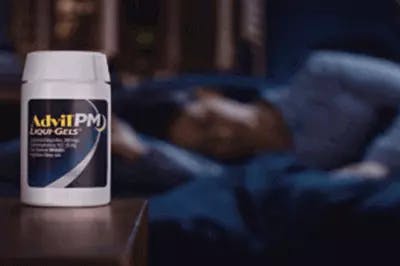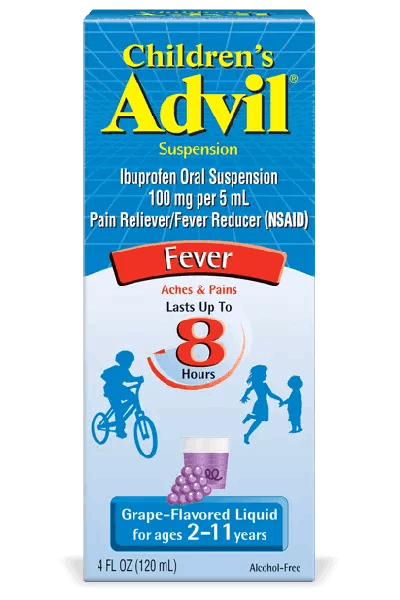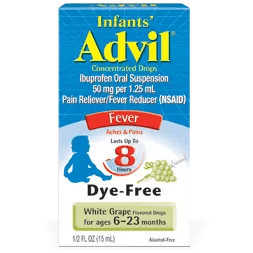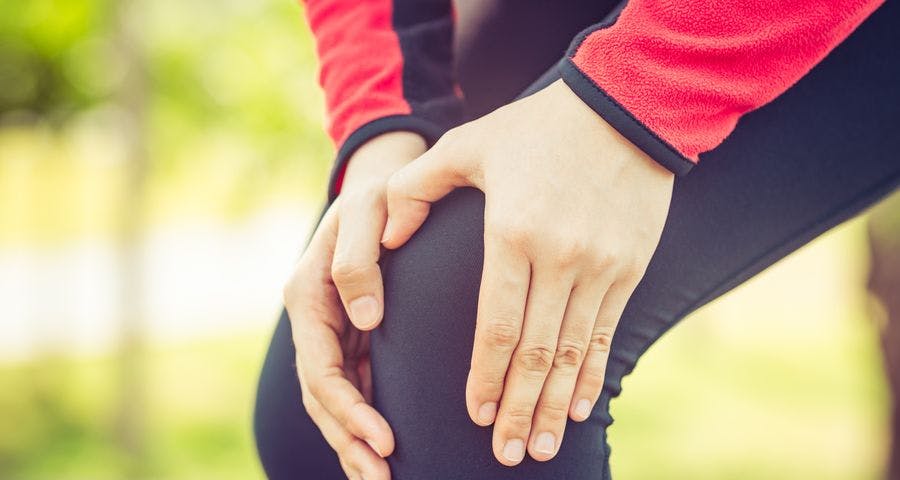Joint Pain Causes
Minor Arthritis & Joint Pain
Joint pain is any discomfort or pain usually felt in the hands, hips, knees, feet or spine. It can vary in intensity, duration and type of pain. It may be acute, recurring, or constant chronic pain; it can leave joints feeling stiff and achy; it may be a burning, grating sensation (or some combination of all these).i Symptoms can vary from person to person, but there are some common joint pain signs to watch out for. Among the most common problem areas are joint pain when walking, hand and arm joint pain that makes it hard or impossible to carry items, and shoulder pain that stops you from moving your arms.ii
Joint pain can affect your everyday life and the function of your body. It can even limit your ability to do everyday tasks based on the severity of the pain and swelling.iii Arthritis is known to affect joints, but there are other conditions that can cause joint pain as well. Learn about what may be causing your joint pain so you can develop a treatment and pain management plan.
What Causes Joint Pain?
There are a wide variety of conditions and incidents that can cause joint pain. Causes of joint pain include:
- Arthritis
One of the most common chronic joint pain causes is arthritis. Millions of people in the United States are affected by recurring or chronic pain caused by arthritis, and many report experiencing moderate to severe and/or occasional to persistent joint pain because of arthritis. Arthritis-related joint pain affects adults of all ages, ethnicities, sexes and races. Arthritis can significantly impact the quality of life of those who suffer from it.iv
Rheumatoid arthritis and osteoarthritis, two common forms of arthritis, are both known to cause joint pain. Osteoarthritis develops over time when the protective cushion of cartilage in between the bones wears away. Joints become stiff and painful. It's a slow-developing condition that’s more common in older adults and can limit function and mobility. Rheumatoid arthritis is slightly different in that it’s an autoimmune disease that causes swelling and pain in the joints. This chronic disease can cause deformation of the hands and feet—as well as other locations over time— and is associated with inflammation.v - Gout
Gout is another condition that causes pain in the joints, primarily in the feet. It is extremely painful and typically affects one joint at a time (the big toe joint, for example). Gout usually presents with flares of symptoms that can last for weeks followed by long periods of remission without symptoms. Other joints that can be affected include the other toe joints, ankle, and the knee.
Gout symptoms include intense pain, swelling, redness and heat in the affected area. Gout is caused by a condition that creates too much uric acid in the body, which builds up in crystal forms in the joints that can cause pain.vi - Tendinitis
This joint pain is caused by the inflammation of the tendons, which are the flexible bands that connect the bone and muscle within your joints. People usually get tendinitis in the elbow, shoulder or heel from overuse of those limbs.vii - Injuries
Simple injures from tripping, sports accidents or other activates are another common cause of joint pain. A sprained ankle, wrist or knee can cause moderate short-term pain, or longer-term joint pain if the injury is more severe joint damage.vii - Strenuous Labor or Repetitive Motions
If you do strenuous physical labor or repetitive motions are part of your work life, this repetitive motion can cause joint pain.vii - Viral Infections
Viral infections like the cold or flu can cause joint pain, but it's typically temporary for as long as the sickness lasts.vii
If you're experiencing persistent or severe joint pain, contact your doctor or healthcare provider to find out exactly what's causing it. Your doctor will be able to perform a physical, and run tests to diagnose and help treat the condition.
How to Help Reduce Joint Pain
Now you have some ideas of some common joint pain causes, but how do you deal with the pain? Below are some ways to help reduce joint pain.
- Acetaminophen or Ibuprofen: OTC medications can help reduce joint pain caused by inflammation.
- At-Home Treatments: Try heating pads, ice packs or warm baths to reduce inflammation and soothe aching joints.
- Topical Ointments: These are applied to the affected joints and can provide temporary relief either over-the-counter or by prescription.
- Weight Loss: If needed, this can help reduce the strain on overburdened or strained joints.
- Exercise: Low-impact exercise like walking, swimming and others can help strengthen your muscle and joints.
- Support Equipment: Based on your doctor's recommendation, support devices like a cane, ankle, knee or wrist braces can help support painful joints.
- Physical Therapy: A physical therapist can design a tailored exercise regimen to help develop joint strength and improve flexibility.viii
There are even more methods to help deal with acute, recurrent, and chronic joint pain that can offer some amount of relief. Reach out to your doctor or health care provider to develop a treatment plan best suited for you.
Sources:
i. Joint Pain. Cleveland Clinic. https://my.clevelandclinic.org/health/symptoms/17752-joint-pain/ Accessed 7/24/2020. Referenced Text is highlighted in the source PDF.
ii. Bone, Muscle and Joint Pain Causes & Symptoms. ThedaCare. https://www.thedacare.org/Health-Library-and-Conditions/Bone-Muscle-and-Joint-Pain/Understanding-Bone-Muscle-and-Joint-Pain/Causes-and-Symptoms.aspx/ Accessed 7/24/2020. Referenced Text is highlighted in the source PDF.
iii. Joint Pain. Cleveland Clinic. https://my.clevelandclinic.org/health/symptoms/17752-joint-pain/ Accessed 7/24/2020. Referenced Text is highlighted in the source PDF.
iv. Joint Pain & Arthritis. Centers for Disease Control and Prevention. https://www.cdc.gov/arthritis/pain/index.htm/ Accessed 7/24/2020. Referenced Text is highlighted in the source PDF.
v. Joint Pain: Possible Causes. Cleveland Clinic. https://my.clevelandclinic.org/health/symptoms/17752-joint-pain/possible-causes/ Accessed 7/24/2020. Referenced Text is highlighted in the source PDF.
vi. Gout. Centers for Disease Control and Prevention. https://www.cdc.gov/arthritis/basics/gout.html/ Accessed 7/24/2020. Referenced Text is highlighted in the source PDF.
vii. Joint Pain: Possible Causes. Cleveland Clinic. https://my.clevelandclinic.org/health/symptoms/17752-joint-pain/possible-causes/ Accessed 7/24/2020. Referenced Text is highlighted in the source PDF.
viii. Joint pain: Care and Treatment. Cleveland Clinic. https://my.clevelandclinic.org/health/symptoms/17752-joint-pain/care-and-treatment/ Accessed 7/24/2020. Referenced Text is highlighted in the source PDF.

